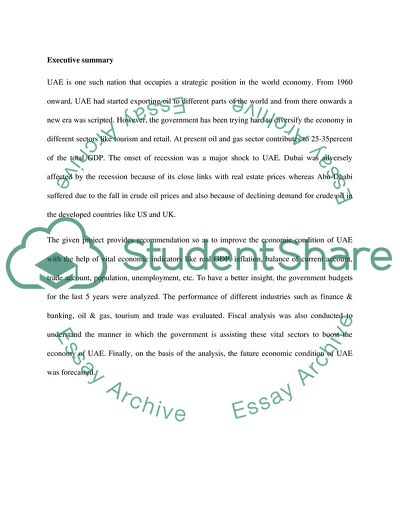Cite this document
(UAE: Economic Analysis Research Paper Example | Topics and Well Written Essays - 2250 words, n.d.)
UAE: Economic Analysis Research Paper Example | Topics and Well Written Essays - 2250 words. https://studentshare.org/macro-microeconomics/1738533-economics
UAE: Economic Analysis Research Paper Example | Topics and Well Written Essays - 2250 words. https://studentshare.org/macro-microeconomics/1738533-economics
(UAE: Economic Analysis Research Paper Example | Topics and Well Written Essays - 2250 Words)
UAE: Economic Analysis Research Paper Example | Topics and Well Written Essays - 2250 Words. https://studentshare.org/macro-microeconomics/1738533-economics.
UAE: Economic Analysis Research Paper Example | Topics and Well Written Essays - 2250 Words. https://studentshare.org/macro-microeconomics/1738533-economics.
“UAE: Economic Analysis Research Paper Example | Topics and Well Written Essays - 2250 Words”. https://studentshare.org/macro-microeconomics/1738533-economics.


